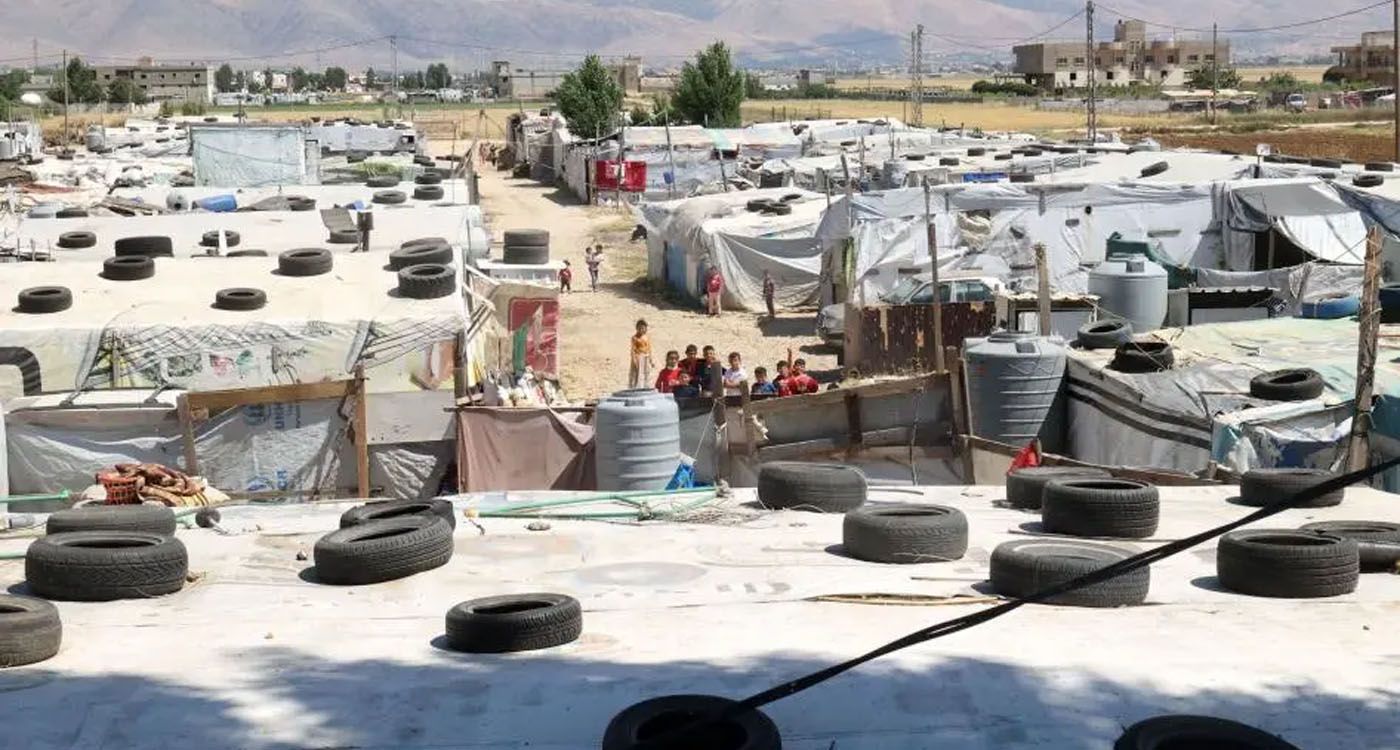
Lebanon continues to serve as the Middle East’s Good Samaritan. Devastated by economic collapse and overwhelmed by debt, it has spent over a decade sheltering more than 2.5 million Syrian refugees. It's a staggering humanitarian gesture for a nation so small—one that now bears an ever-growing cost it is ill-equipped to sustain.
Since 2011, hosting Syrian refugees has posed a severe economic challenge for Lebanon. According to the latest World Bank report, the direct annual cost of accommodating these refugees is estimated at around $4.5 billion.
However, this figure only accounts for direct expenses. When indirect costs are included, the total cost rises to roughly $1,000 per refugee each year.
These direct costs include access to healthcare, education for tens of thousands of children, food subsidies and social assistance. They also cover housing, security, electricity and the accelerated deterioration of Lebanon’s already fragile infrastructure. Data from Lebanese ministries and the World Bank break down these costs as follows:
The healthcare sector faces a $611 million burden due to increased demand for medical care, overextended hospital infrastructure and higher costs for medicines and treatments.
The education sector incurs a $1.5 billion cost to integrate refugee children into public schools, expand facilities, train teachers and provide learning materials.
Water and sanitation infrastructure has come under increased strain, incurring direct costs estimated at $1.6 billion. These expenditures support expanding water treatment capacity, maintaining networks and efficiently managing wastewater.
Between 2014 and 2020, the energy sector suffered losses totaling $23.2 billion, primarily due to increased electricity consumption by Syrian refugees, overburdened electric infrastructure and inefficiencies within the power grid.
From 2015 to 2022, solid waste management and infrastructure incurred $879 million in costs. This included expenses for waste collection, processing, disposal and addressing the environmental damage.
Altogether, these sectors bring the total estimated annual cost of hosting Syrian refugees in Lebanon to approximately $4.5 billion—a heavy burden on an economy already weakened by ongoing crises.
Indirect Costs: The Tip of the Iceberg
Beyond official figures, the indirect costs of hosting Syrian refugees place a heavy and often invisible burden on the daily lives of Lebanese citizens. This pressure permeates several critical sectors.
Public services—including healthcare, education, water and energy—are chronically overstretched. The massive influx of refugees has driven demand far beyond the limited capacity of existing infrastructure.
The labor market faces similar strains. The arrival of hundreds of thousands of Syrians has intensified competition, especially in the informal sector, where many Lebanese employ undocumented refugees at very low wages. This downward pressure on wages deepens economic insecurity.
Living costs have soared as well. Persistent demand for housing, fuel and basic necessities has led to price spikes, making daily life increasingly difficult for Lebanese families.
These economic stresses have sparked growing social tensions, fueled by frustration and widening inequalities. With the Syrian population nearly doubling over the past decade, natural resources are over exploited and the environment is suffering.
Some estimates suggest that when direct and indirect costs are combined, the total burden amounts to 7 to 8% of Lebanon’s GDP each year—several billion dollars that a deeply strained Lebanon can scarcely absorb.
The latest World Bank report calls urgently for a fairer distribution of this burden by the international community and enhanced support for Lebanese institutions. It also demands more transparent and efficient management of humanitarian and economic aid.
Ultimately, Lebanon is left appealing for support to manage a crisis it did not create. The country deserves recognition—and above all, relief. In the meantime, it must continue to navigate its own internal challenges alongside those of its neighbors.





Comments